Things are getting (more) exciting on the South Bank art scene. On June 17, ‘The Switch House’, an extension of Tate Modern, will be officially open to the public, for the joy of contemporary art lovers. On Tuesday 15 June, the new Tate opened its doors for members’ preview, and I was lucky enough to get a sneak peak – actually, more a comprehensive and thorough tour – of the latest addition to the Tate museums’ family.
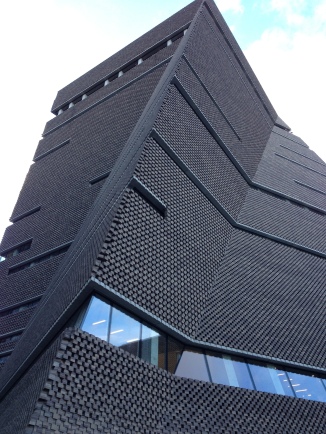
Neutral Colours
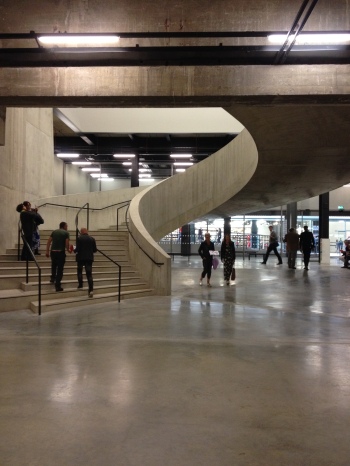
The swirling triangular edifice, which looks rather edgy from the outside, is dominated inside by white and grey, and light beige wooden floors. The idea to have such a neutral background where to show case artworks old and new is a great one. Moreover, the factory-like aesthetic of Level 0 (the basement) conveys the idea of an artist’s studio, a warehouse where experimental works can easily find their natural place.
International
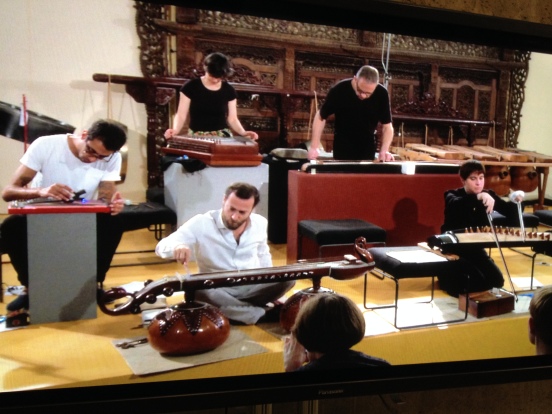
The first thing that strikes is the number of international (i.e. non-Western) artists, which made me feel that the world’s art scene has a lot more to offer than the surface I have been scratching. Indeed, if museums are still to be regarded as places where you can learn and be inspired, the decision to have artists from around the world is only but appropriate. I particularly loved the performance/installation by Tarek Atoui, which explores the notions of music production and musical instruments with an anthropological twist. He asked musicians to play instruments which they had not seen before, and instrument makers to recreate them, based solely on the sounds they could hear. This fascination with the unknown, as well as an open and inquisitive attitude to is what the New Tate seems to ask to its visitors too.
Themes
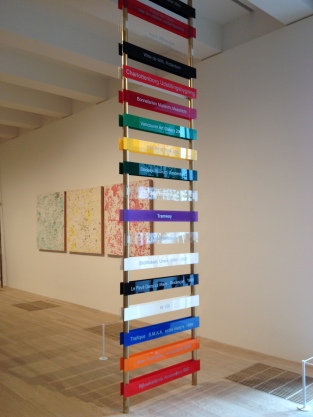
The arrangement of the artworks in the Levels above is stil a thematic one. The wide spaces of the museum are divided into sections, such as ‘Between Object and Architecture’, ‘Performer and Participant’, and ‘Living Cities’. The thematic approach fosters new connections and invites comparison between works from different periods and provenances. At times, the categories might seem too broad or vague, as in the display ‘Between Object and Architecture’, which is meant to explore ‘the relationship between the work of art and the environment around it’. The rooms are peppered with minimalist sculpture and cubes covered in mirrors, which gave me the impression of being shopping in a large-scale Skandium more than walking around an art gallery. My favourite Level was ‘Living Cities’, where the urban environment is explored through photographies, videos, sculptures, and installations – including a gigantic Algerian city made of couscous by Kader Attia, and a video/reportage of Ai Weiwei’s Beijing (a personal favourite anyway).
High
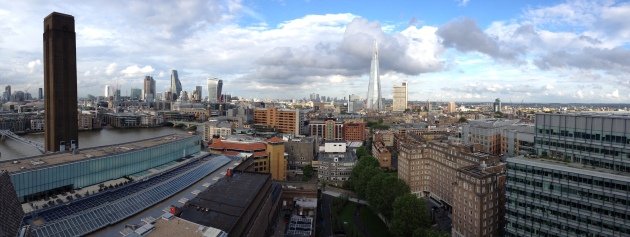
64.5 mt high, the Switch House offers a spectacular view from the top, looking onto the Thames and London’s new skyline dominated by sky-scrapers. The hope is that people will enjoy the view, as well as furiously taking selfies, giving the back to such breathtaking a sight. The new Tate Modern should also be aiming high and be ambitious. It’s most encouraging that art should be given such a great space to be displayed, and we can only hope that this might be a further step towards a wider appreciation of modern and contemporary art.